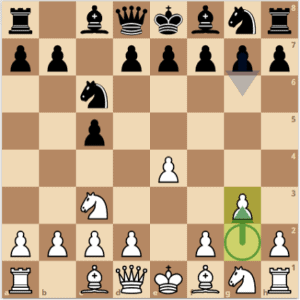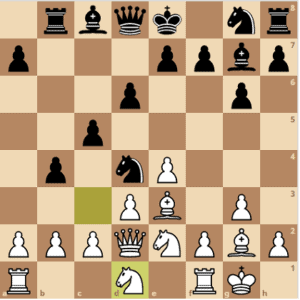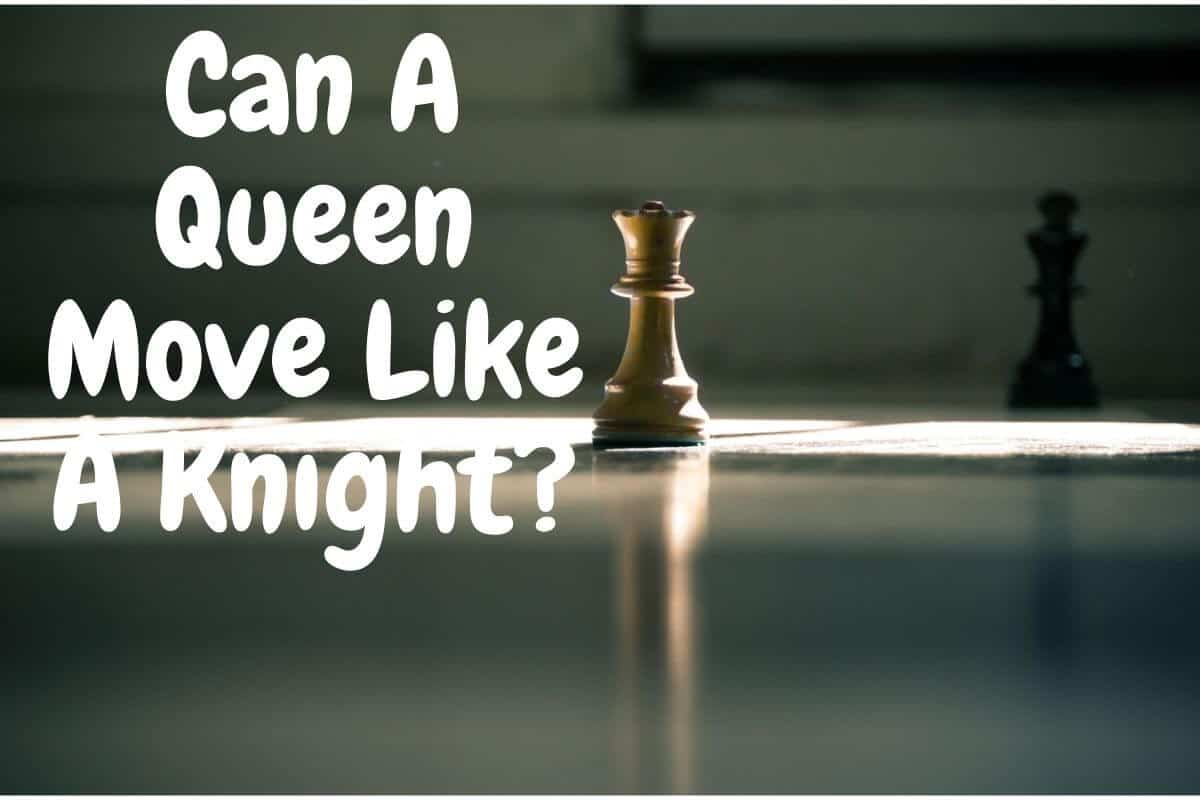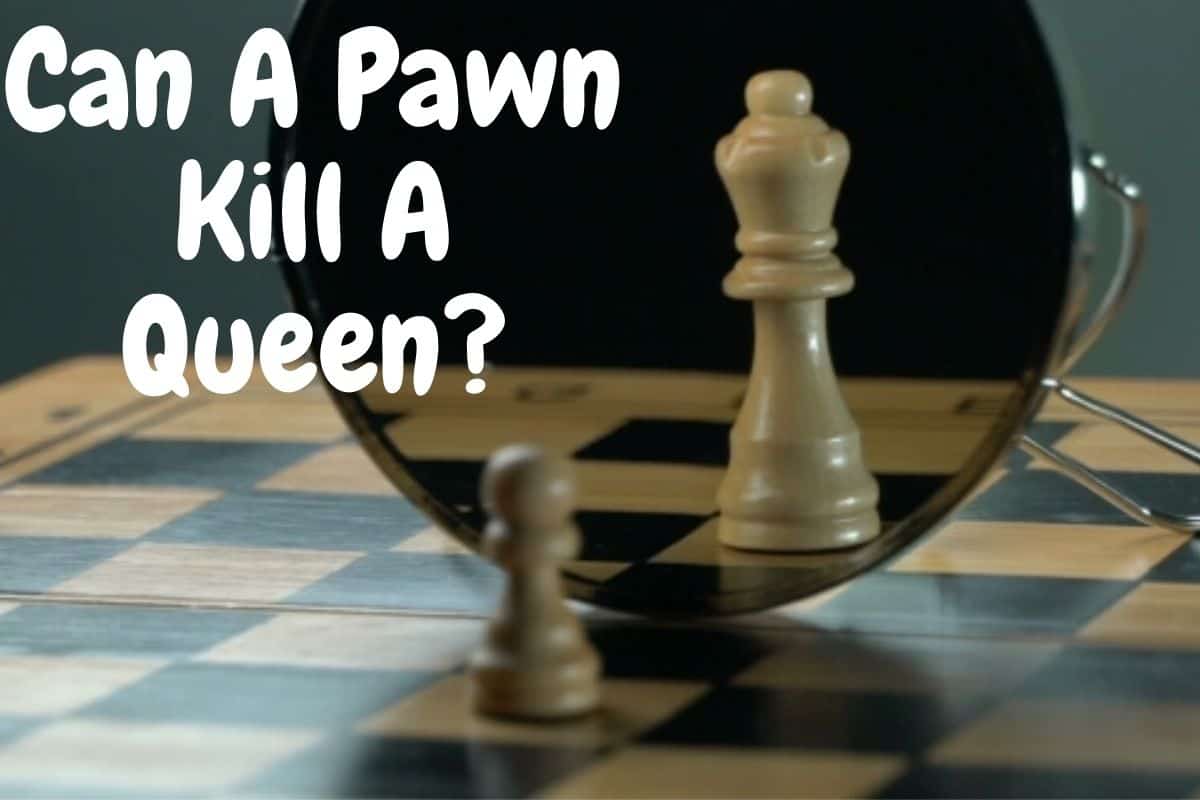The Closed Sicilian chess opening begins with the moves: 1.e4 c5 2.Nc3 Nc6 3.g3

The Closed Sicilian leads to positions which are just that …closed! Pawn exchanges in the opening and early middlegame are rare and both sides slowly manoeuvre behind their pawn structures.
White’s second move is to prevent Black from playing an early d7-d5 (2.g3 can be met by 2…d5!?). It should be said that although 2.Nc6 is by far Black’s most popular move, 2…d6 and 2…e6 are also playable. An example of the latter is 2…e6 3.g3 d5 4.exd5 exd5 5.Bg2 Nf6 6.d3 d4 7.Ne4 Nxe4 8.dxe4 with a roughly level position.
Mainline Closed Sicilian
3…g6
Fianchettoing the fB-bishop is Black’s main approach to the Closed Variation.
4.Bg2 Bg7 5.d3 d6 6.Be3
In the last few years this move has superseded 6.f4 as the main line. White can play in ‘Yugoslav Attack’ style with Qd2 and, when the g8-knight develops, White can swap bishops with Bh6.
6…Rb8
Black prepares …b7-b5, beginning queenside counterplay. Another way forward is development with 6…e6 7.Qd2 Nge7, when White should offer the exchange of bishops. One possible continuation is 8.Bh6 0-0 9 Bxg7.Kxg7 10.h4!?, preparing a quick attack with h4-h5.
7.Qd2 b5
Notice that Black delays the development of the g8-knight so that White doesn’t have the easy plan of Be3-h6.
8.Nge2 Nd4
Black plants his knight into a very useful outpost and prevents White from playing d3-d4. At the moment White isn’t in a good position to exchange it. 9.Bxd4 cxd4 10.Nd1 means that White has to give up his Bh6 ideas, while 9.Nxd4?? cxd4 simply loses a piece to the pawn fork.
NOTE: …Nc6-d4 is a typical manoeuvre for Black in the Closed Sicilian.
9.0-0 b4
Gaining extra space on the queenside and forcing the c3-knight to retreat. Notice the influence the g7-bishop has along the long diagonal. This is why White would ideally like to trade it for his e3-bishop.
10.Nd1

Strategies
A highly tense position has arisen. White has two immediate plans:
- One is to get rid of that knight on d4
- The second is to try to force the exchange of dark-squared bishops.
The first can be carried out by a c2-c3 advance, inducing Black to exchange on e2. However, more often White actually moves the e2 knight away before proceeding with c2-c3, thus keeping pieces on the board and forcing the d4-knight back.
At some point Black must complete his development, but he may choose to keep his knight on g8 for the time being, preventing White from playing Be3-h6. Black may expand further on the queenside with moves such as …a7-a5 and …Ba6.
Theory
The 6.Be3 lines are less theoretical than those with 6 f4, if only because the lines are more modern and firm conclusions have yet to be drawn. A good understanding of these closed positions is much more important than learning some moves in parrot fashion.
Statistics
The Closed Sicilian is a big favourite of the ex-World Champion Boris Spassky, while more recently it has been taken up by Michael Adams and Nigel Short.Taking the early position after 3…g6 in the main line, I found nearly 16,000 examples in Mega Database, with White scoring a rather miserable 47%, although black players were higher rated on average.






